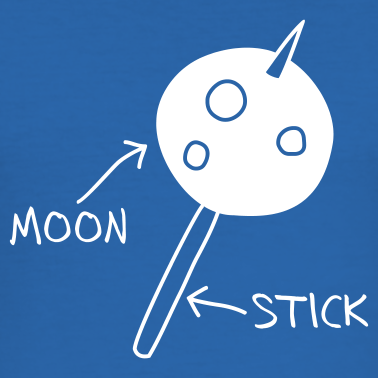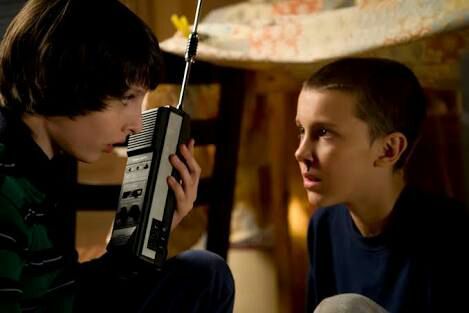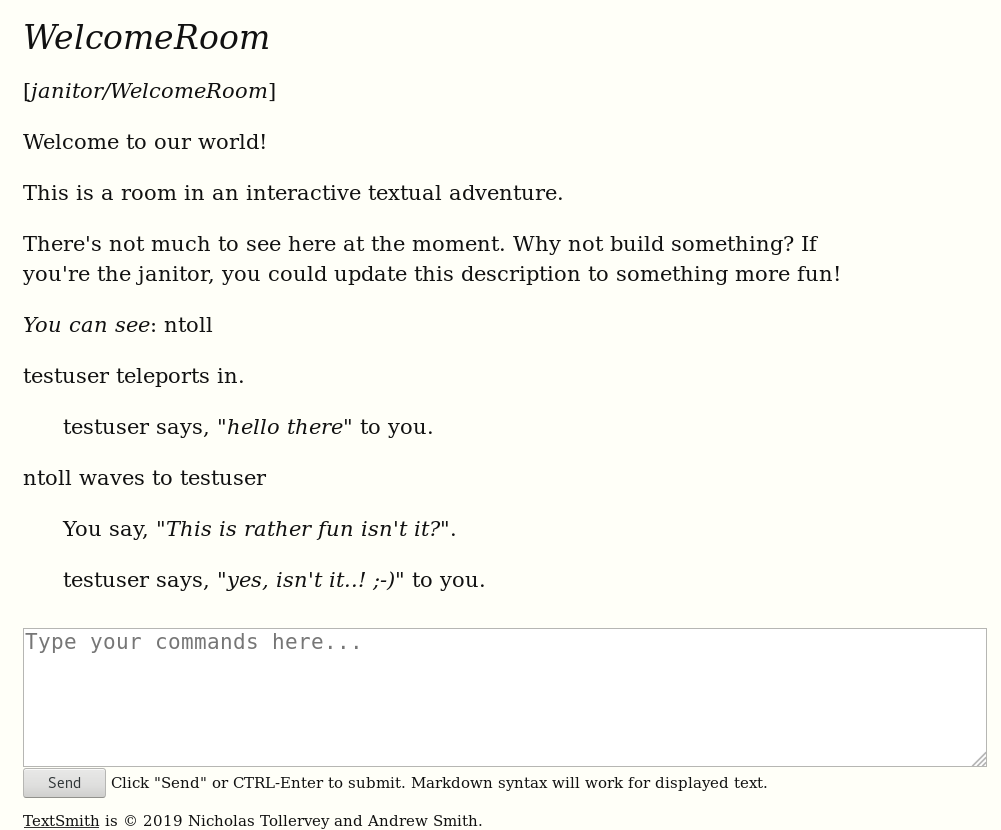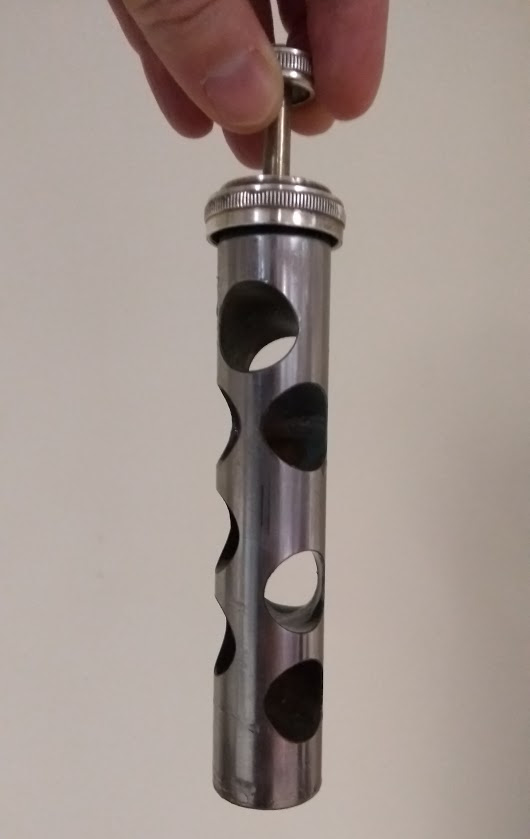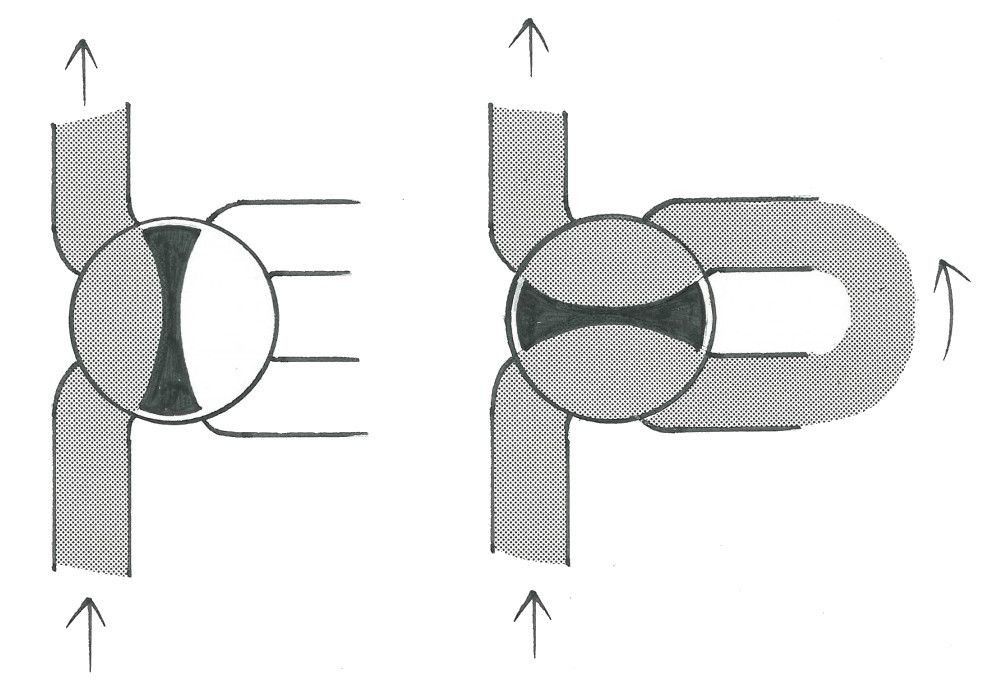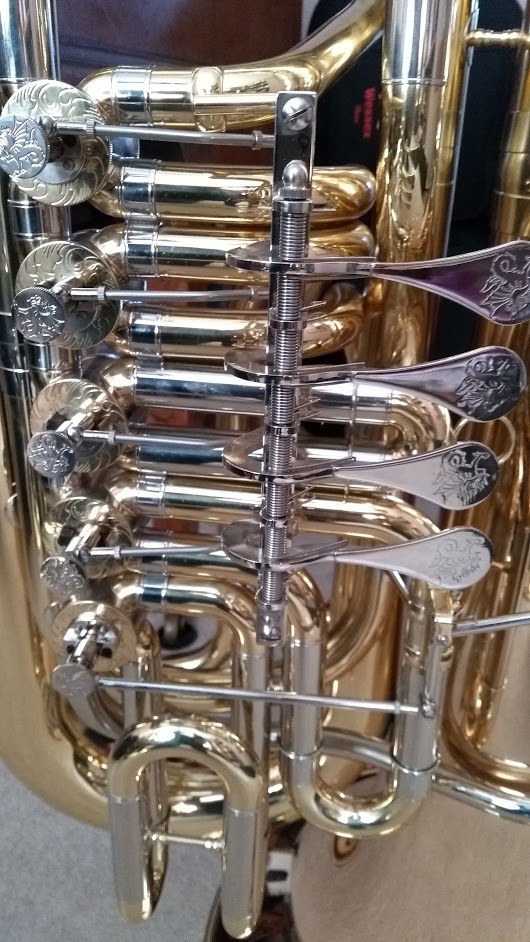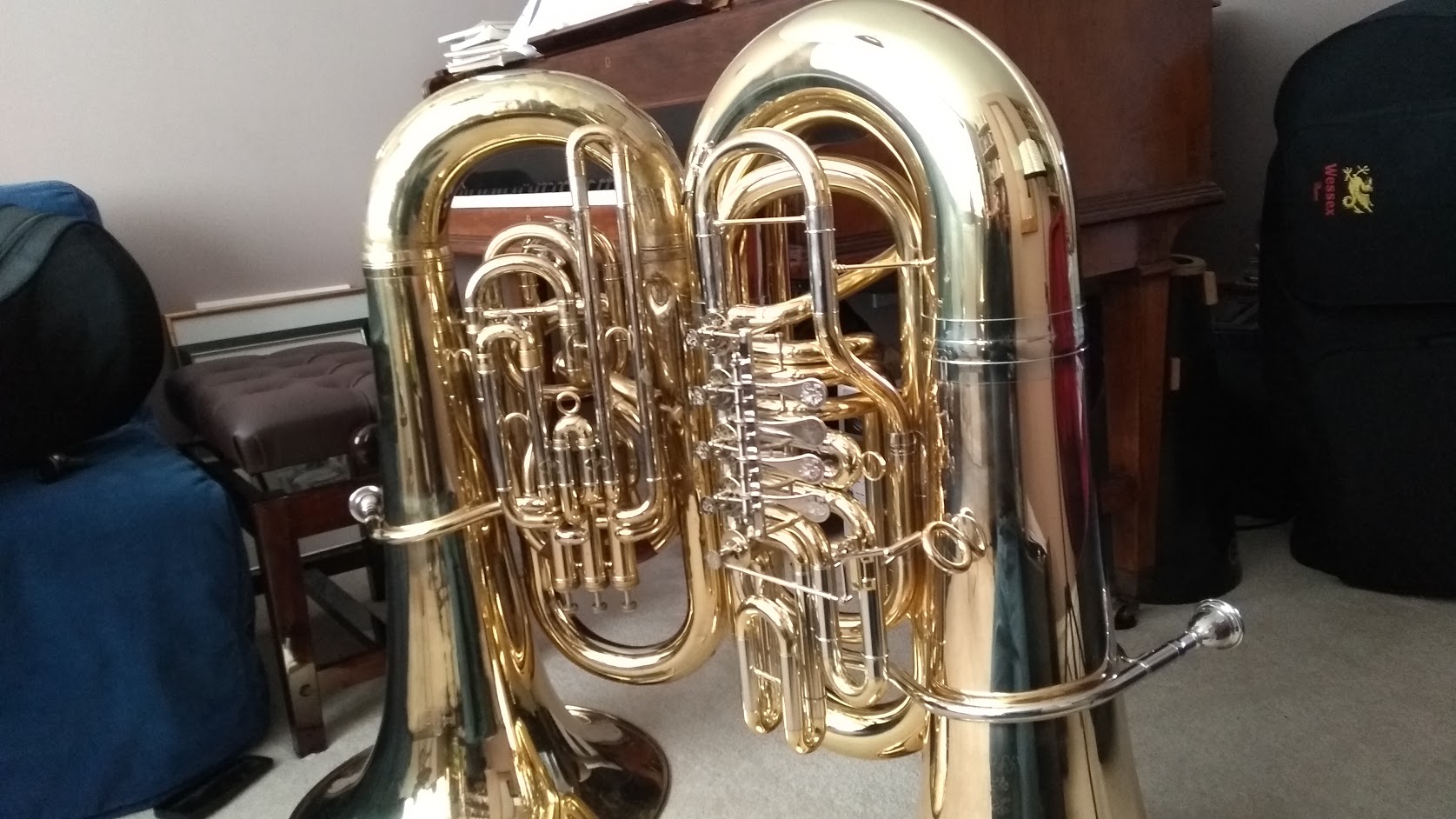When my Canadian buddies Andrea
and Brett visited the UK in
the summer, we visited the Royal Albert Hall to hear a classical music
concert that was part of
the Proms -- the world's largest
classical music festival. I think they must have enjoyed themselves because
they recently got in touch asking me to suggest a playlist of
classical music. What follows is my response along with videos of performances
of the pieces I chose.
Rather than put together a playlist of apparently random
choices, I decided it would be interesting to assemble a set of pieces
related to a particular feeling. In this case, I chose love.
Why love?
Because love is complicated, tragic, happy, joyful, funny, raunchy and many
more aspects too numerous to list here. The western classical
tradition has around 900 years of musical reactions, settings and descriptions
of love -- plenty of opportunity to reveal a breadth and depth of music. So,
I'm going to associate each piece with some aspect of love, provide
a short commentary and embedded a video of a performance of
the selected piece.
I want to draw your attention to my sharing videos of performances. Ideally,
you'd listen to these pieces in person at a concert. Only in such a live
situation can you really experience the fleeting moment of the performance,
executed by highly trained musicians and feel that sense of being in a
particular unique moment, together with all the others in attendance. The
videos are a less than perfect replacement, yet still have the potential to
move you.
For convenience I've put them into a
playlist on YouTube.
Since this is classical music, it may sound strange to modern ears not
familiar with styles and mannerisms from hundreds of years ago or it uses sung
or instrumental techniques that sound odd because they're not used much in
contemporary popular music. If classical music isn't your thing, consider
this an invitation to explore a new musical world -- a world that rewards
repeated engagement, an open mind and long term listening. This is music that
makes demands of the listener, but will reveal depths one cannot even imagine
until you experience them for yourself. For those of you who are already
immersed in classical music you'll find none of my choices particularly
challenging. In fact, you may even roll your eyes and think, "oh, not that old
chestnut again". Please remember, this is an introductory playlist, but know
that I'm open to suggestions.
I sincerely hope you are moved by the pieces I've selected.
Tender Love
Gustav Mahler - Adagietto from Symphony No. 5
This is a musical representation of Mahler's love for his wife Alma. Their
friend Wilem Engelberg recollects, "In place of a letter, he sent her this in
manuscript form, not adding a further word. She understood and wrote to him
telling him to come!!! They both told me this."
Alma later revealed Gustav left her the following poem with the score.
In which way I love you, my sunbeam,
I cannot tell you with words.
Only my longing, my love and my bliss
can I with anguish declare.
Tragic Love
Pyotr Ilyich Tchaikovsky - Fantasy Overture to Romeo and Juliet
Tchaikovsky was well acquainted with tragic love: he was a gay man in 19th
century Russia (a time and place full of prejudice towards someone such as
himself).
Such tragedy and pain as well as an overflowing sense of passion are
skilfully captured in this piece or "musical impressions" loosely assembled to
follow the story of Romeo and Juliet. Listen out for the overwhelming "love
theme" which has become a musical cliché for inevitably doomed lovers.
Romantic Love
Sergei Rachmaninoff - Piano Concerto No.2
Rachmaninoff, another Russian, is widely considered one of the greatest
pianists of all time, as well as one of the greatest composers for the
piano. This piano concerto is full of yearning melodies, gushing outpourings of
emotion, tender moments and joyful exuberance. Just like falling in love!
It was effectively used in the David Lean romance from 1945, "Brief
Encounters", thus cementing it as a "romantic" classic.
Love Denied
Puccini - O Mio Babbino Caro
This aria, from Puccini's opera "Gianni Schicchi", comes at the moment where
the daughter of Gianni tells him that she's fallen in love, wants to get
married, and if he won't let her go to her true love, she'll throw herself off
the Ponte Vecchio bridge in Florence.
If you imagine this sounds like a musical tantrum in the making, get ready
with the hankies and prepare for something absolutely not tantrum like at
all.
The soprano singer in the video, Montserrat Caballé, is simply stunning. Her
charisma, presence, musicianship and vocal control is awe inspiring. Yes, she's
the one who sang with Freddie Mercury on his single "Barcelona".
Platonic Love
Brahms - Intermezzo Op. 118 No. 2
Brahms wrote this beautiful piece for his friend Clara Schumann (Clara is
another musician considered one of the greatest pianists of all time and a
wonderful composer in her own right). I describe it as "Platonic" because Clara
was married to Brahms's mentor and friend Robert Schumann, who eventually
succumbed to mental health issues. Brahms and Clara were undoubtedly close and
shared a deep love for each other, but it was only ever a love between dear
friends. Imagine how you'd feel if you had been gifted such a piece of
music.
Fantastical Love
Berlioz - Symphonie Fantastique
This is sex, drugs and classical music with an added dose of musical story
telling.
The video is of the concert Andrea, Brett and I attended. I won't
say any more, since the performers do a fantastic job of explaining what's
going on. It's quite a spectacle (and watch out for the mirror balls).
Love Transformed
Schoenberg - Verklärte Nacht
Schoenberg wrote this piece to closely follow the structure of the poem upon
which it is based, to the extent that the different sections in the musical
score map directly to lines in the poem. The poem, by Richard Dehmel, whose
title is translated as "Transfigured Night", tells of two lovers walking in the
woods. The woman opens up about a terrible burden she carries. Her lover is
full of compassion, love and support which transforms her burden into a shared
aspect of their life together. I'm being necessarily vague here so I don't
spoil the poem for you... just read it as
translated here
and then listen to the piece. My favourite lines (and part of the piece)
are:
Just see how brightly the universe is gleaming!
There’s a glow around everything;
You are floating with me on a cold ocean,
But a special warmth flickers
From you into me, from me into you.
At this point the music sounds as if it's gleaming..! One other thing you
may hear, the violin (a high instrument) is prominent in the sections
representing the woman speaking, whereas the cello (a low instrument) is
prominent in the sections representing the man speaking.
Love's Dream
Fauré - Après un rêve
This is simply a song about a dream of the poet's beloved. The words of the
poem (and their English translation) can be found here.
Erotic Love
Wagner - Prelude and Liebestod from 'Tristan Und Isolde'
Where do I start with this one..? This is erotic music. I don't mean humping
or "having a shag". Rather, it's a musical version of a passionate embrace
(between the protagonists, Tristan and Isolde).
In music theory we use the term "climax" to describe the point at which all
the tension in the music is released. There's a reason we call it a climax.
This piece has a famously ecstatic climax that takes a while to build, after
lots of tender pauses, gradually intensifying musical moments, soaring strings
and throbbing horns (no pun intended).
I'm sure you'll hear what I mean.
Orgasmic Love
Orff - Dulcissime (from Carmina Burana)
Just watch and listen. No further explanation needed.
Marriage
Mendelssohn - Wedding March from A Midsummer Night's Dream
You'll hear this in pretty much every church wedding you ever attend - and
quite rightly, it's very uplifting, celebratory and joyful music. Just what you
need for such an occasion.
A Moment of Love
Vaughan Williams - Silent Noon
Dante Gabriel Rossetti's poem "Silent Noon" recollects an intimate shared
moment of love that was both fleeting and intense. Vaughan Williams music
beautifully complements the nostalgic, thoughtful and timeless nature of the
moment in question.
Your hands lie open in the long fresh grass,--
The finger-points look through like rosy blooms:
Your eyes smile peace. The pasture gleams and glooms
'Neath billowing skies that scatter and amass.
All round our nest, far as the eye can pass,
Are golden kingcup-fields with silver edge
Where the cow-parsley skirts the hawthorn-hedge.
'Tis visible silence, still as the hour-glass.
Deep in the sun-searched growths the dragon-fly
Hangs like a blue thread loosened from the sky:--
So this wing'd hour is dropt to us from above.
Oh! clasp we to our hearts, for deathless dower,
This close-companioned inarticulate hour
When twofold silence was the song of love.
Love's Yearning
Gluck - Che farò senza Euridice
The story of Orfeo and Euridice is popular among composers. The hero,
Orpheus, is a master musician who can tame nature with his music. His beloved
Euridice dies and is taken to the Greek underworld. Missing his lover,
Orpheus travels into the underworld and charms Hades, the god of the
dead, with his music. As a result, Hades promises that Euridice can live and
return to the world of the living so long as Orpheus doesn't look back to see
if she follows him on the way home. Inevitably, Orpheus looks back and Euridice
is, once again, struck dead. It's at this point in the opera that we hear the
following aria for counter-tenor (the highest natural voice for a man to
sing). The title means, "What shall I do without Euridice?".
What will I do without Euridice
Where will I go without my wonderful one.
Euridice, oh God, answer
I am entirely your loyal one.
Euridice! Ah, it doesn´t give me
any help, any hope
neither this world, neither heaven.
I'll leave you to work out what happens next.
Love's Pain
Strozzi - Che si può fare
Barbara Strozzi was a remarkable woman. Born in Venice in 1619, she was one
of the most well known musicians of her age. It is claimed she had more music
in print than any other composer of the era. This success was of her own doing
since she had no support from the usual sources of the church or nobility.
I imagine that if Bridget Jones were from Baroque era Venice, she'd be
listening to this instead of Céline Dion's "All By Myself".
What can I do?
The stars have no pity and work against me;
If heaven will give me no gesture
Of peace for my pain,
What can I do?
What can I say?
The heavens are raining disasters on me;
If Love will not grant me a moment of breath,
to relieve all my suffering,
What can I say?
Love of Home
Smetana - Vltava (The Moldau) from Má vlast
This is the musical antidote to nationalism.
The Czech composer Smetana uses music to represent the river Moldau as it
runs through his country in a celebration of the landscape, activity, folk
music, dance and industry of the people of the Czech republic.
It works well as a musical metaphor, starting with the trickle of notes
from the opening flutes and building up to a flowing melody surrounded by
melodic eddys and currents in the strings. The river music keeps returning
throughout the piece as different musical interludes interject to describe
some aspect of where the river flows.
Love of Nature
Beethoven - Pastoral Symphony
This piece is an old friend of mine. Forget the Disney version from the
animated film "Fantasia" -- this is Beethoven musically representing a visit to
the country and the emotional impact that has on him.
In the latter part of the work he paints a picture of a country dance
interrupted by a storm which he concludes with a hymn to nature. Beethoven
wasn't conventionally religious, but this is a certainly a spiritual reaction
to nature.
Love of Humanity
Beethoven - Choral Symphony
Beethoven's 9th is full of different emotions and a real journey of the soul
in musical form. But the part I want to particularly highlight is the finale,
the "Ode to Joy".
Beethoven was famously misanthropic and that's how the finale starts with
the rather annoyed sounding cellos and double basses. But once the "joy" theme
is found the instruments try their hardest to make something of it. Yet
Beethoven's genius is to interrupt the finale at this point, and start again
with human voices. Schiller's words are a celebration of brotherhood,
togetherness and humanity.
Yes, it really does have the line, "here's a giant kiss for all" sung by the
massed choir. Thank you Ludwig.
Parental Love
Shostakovich - Piano Concerto No.2 (Second Movement)
Dimitri Shostakovich wrote this concerto for his son Maxim. Maxim used it as
an audition piece for music conservatoire when he was a teenager. This second
movement is both sad yet hopeful, as a parent lets go and reflects on the child
leaving and growing into adulthood. The music full of love and sadness. Perhaps
if the orchestra is Dimitri, then Maxim is the piano.
Love Ending
Strauss - "Im Abendrot" from Four Last Songs
This is a musical and poetic meditation on two lovers coming to the end of
their long life together.
Through sorrow and joy
we have gone hand in hand;
we are both at rest from our wanderings
now above the quiet land.
Around us, the valleys bow,
the air already darkens.
Only two larks soar
musingly into the haze.
Come close, and let them flutter,
soon it will be time to sleep -
so that we don't get lost
in this solitude.
O vast, tranquil peace,
so deep in the afterglow!
How weary we are of wandering--
Is this perhaps death?
Love Lost
Elgar - Cello Concerto
My wife, Mary, once played this in a concerto competition (and won).
Elgar wrote the piece soon after his wife, Alice, passed away. The cello is,
of course, Alice and the music Elgar creates reflects all the different
feelings he has now that she is gone.
This very old performance, by Jacqueline du Pré on cello and Daniel
Barenboim conducting, is poignant. They were married but Jackie's playing
succumbed to multiple sclerosis soon after this recording was made. The MS
eventually killed her around a decade or so later.

